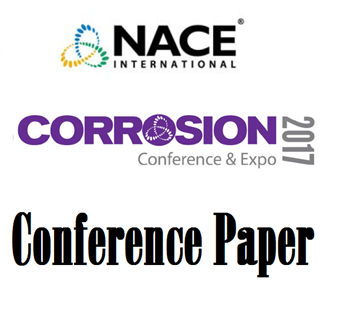Search
Conference Papers
View as
Sort by
Display
per page
Zinc-Nickel Nanolaminate – Advanced Coating for Bolt Corrosion Control
Product Number:
51317--9220-SG
ISBN:
9220 2017 CP
Publication Date:
2017
$20.00
Zr(Fe,Cr)2 Precipitate Amorphization and Iron Redistribution in Zircaloy-4 Using a Two-Step Proton Irradiation
Product Number:
ED22-17211-SG
Publication Date:
2022
$20.00




